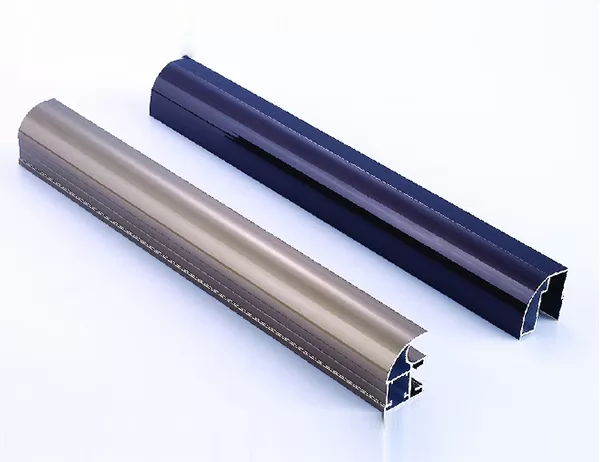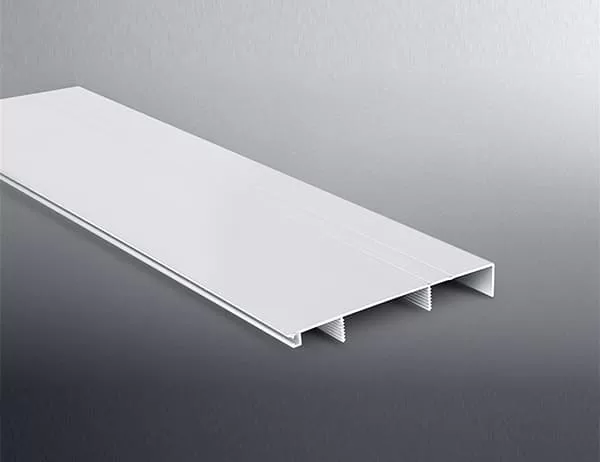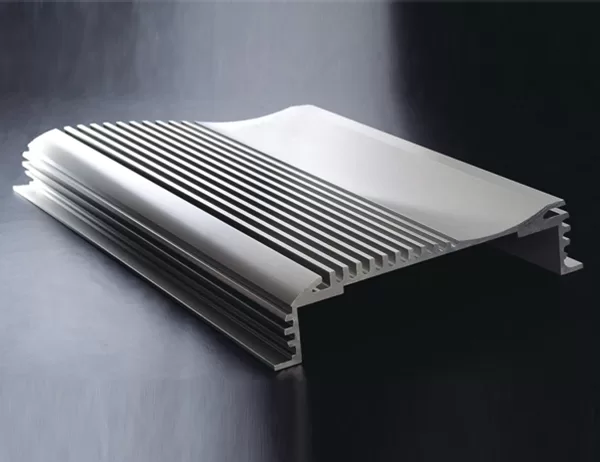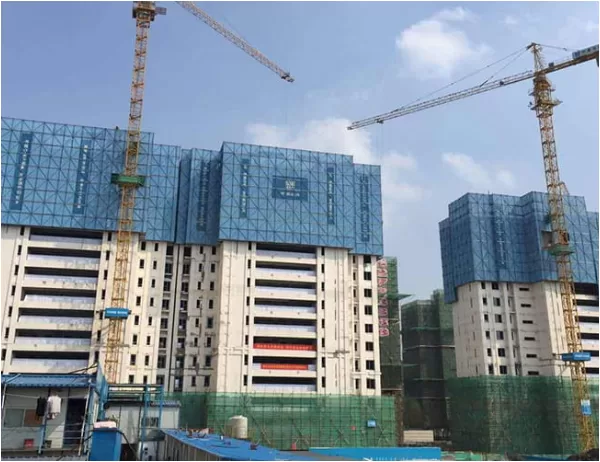Aluminum extrusion is a process by which aluminum is shaped into a wide variety of profiles. These profiles are used in a wide range of industries, including automotive, aerospace, construction, and electronics. The extrusion process begins with the heating of aluminum billets to a high temperature. Once the aluminum is hot enough, it is forced through a die that has the desired shape. The resulting extruded profile is then cooled and cut to length.
Preheating the Aluminum Billets
The first step in the extrusion process is to preheat the aluminum billets. This is done to make the aluminum more malleable and easier to extrude. The billets are typically heated to a temperature of around 1,000 degrees Fahrenheit (538 degrees Celsius).
Extruding the Aluminum
Once the aluminum billets are preheated, they are ready to be extruded. The billets are placed in an extrusion press and forced through a die that has the desired shape. The pressure used to extrude the aluminum can be as high as 10,000 tons per square inch.
Cooling the Extruded Profile
After the aluminum has been extruded, it is cooled in a water bath. This helps to solidify the aluminum and prevent it from warping. The extruded profile is then cut to length and inspected for defects.
Post-Extrusion Finishing
After the extruded profile has been cut to length, it may undergo a variety of post-extrusion finishing processes. These processes can include:
– Anodizing: This process creates a protective oxide layer on the surface of the aluminum. Anodized aluminum is more resistant to corrosion and wear.
– Powder coating: This process involves applying a layer of powder to the surface of the aluminum. Powder coating can be used to create a variety of colors and finishes.
– Machining: This process involves cutting and shaping the extruded profile to create specific features. Machining can be used to create holes, slots, and other features.
Applications of Industrial Aluminum Profiles
Industrial aluminum profiles are used in a wide range of applications, including:
– Automotive: Aluminum profiles are used in a variety of automotive applications, including body panels, frames, and trim.
– Aerospace: Aluminum profiles are used in a variety of aerospace applications, including wings, fuselages, and landing gear.
– Construction: Aluminum profiles are used in a variety of construction applications, including windows, doors, and curtain walls.
– Electronics: Aluminum profiles are used in a variety of electronic applications, including heat sinks, circuit boards, and enclosures.




